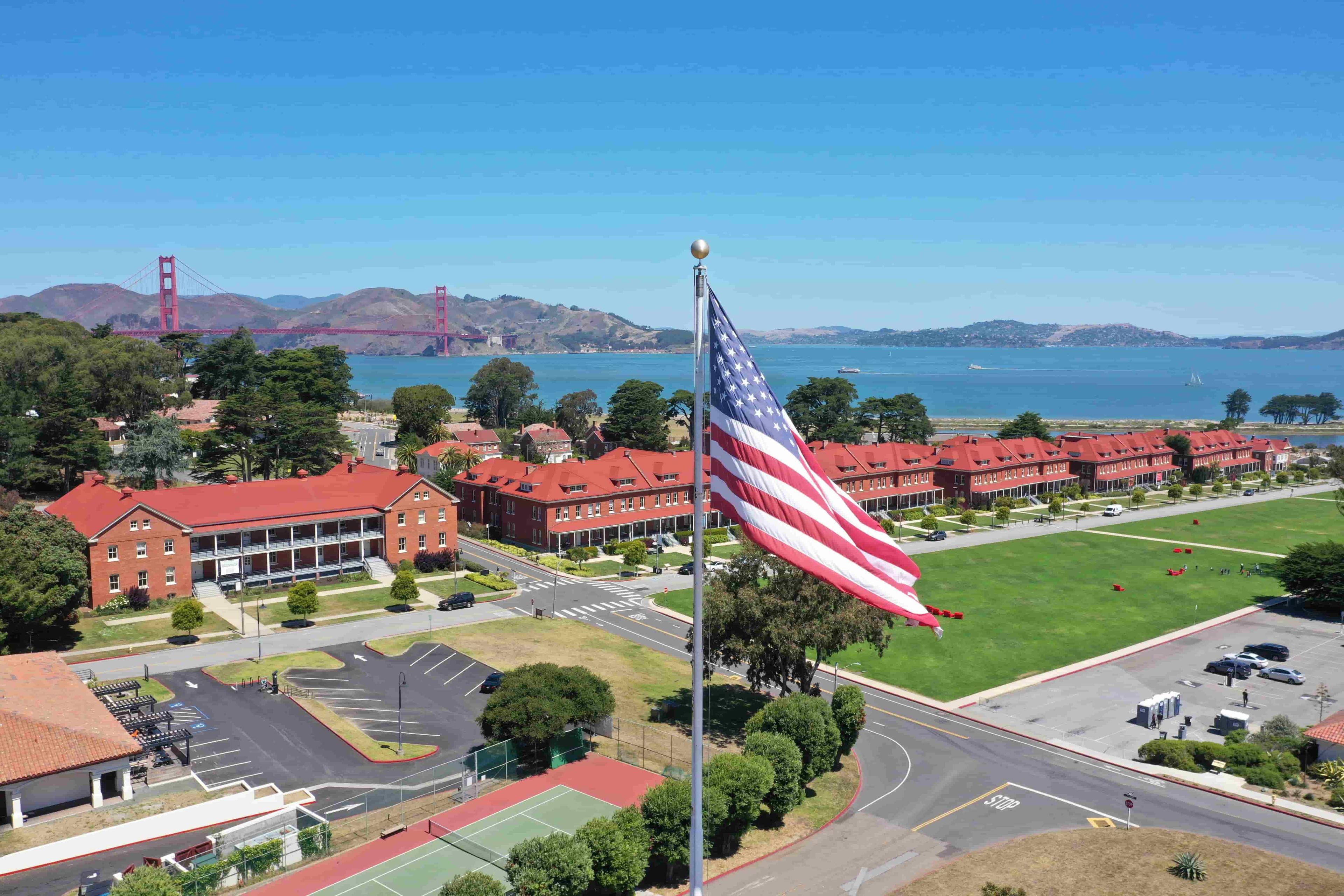Wildflower Not Seen for Nearly a Century Returns
Presidio of San Francisco (June 5, 2009) — In 1917, the Presidio Fire Station was built; the military post was supporting troops fighting in World War I; and the Smooth Owl’s Clover was last seen at the Presidio.
That is until April, when Presidio Trust staff members collecting seeds at an out of the way site near Fort Scott stumbled across a lucky find. The bright yellow flower not seen at the Presidio in 92 years was poking through the soil.
“It’s fascinating to think about the legacy, the history of the ecosystem,” says Andy Kleinhesselink, a biological sciences technician with the Presidio Trust. “That there are still parts of it living in the soil — seeds lying beneath the trees, buildings, roads — unseen but still there, still viable, just waiting for their chance to re-emerge.”
Smooth Owl’s Clover is a native wildflower found in California’s coastal counties, but it was long thought to have vanished from the Presidio. An annual plant that stands about six inches tall, the clover’s upright flowering stem bears a few dozen little pastel yellow flowers stack on top of one another. Trust staff speculate when a nearby main burst a few months ago the soil was disturbed re-awakening the dormant seeds buried deep below the surface.
Kleinhesselink and other Trust staff members will now hand-pollinate the newly found plant, hoping to nurture the tiny, existing population and possibly replant the clover elsewhere.
“Nature has this way of re-awakening, of forcing itself back to the surface,” says Kleinhesselink. “There’s always a chance for new discoveries and surprises even in areas teeming with people like the Presidio.”
Smooth Owl’s Clover is one of several wildflowers to re-appear in the Presidio after long absences. The others:
- Chinese Caps: Not seen in the Presidio since 1936, it was presumed to be extinct in the park until it was found on the coastal bluffs in April.
- Sticky Cinquefoil: Found in the landscape behind the Golden Gate Club last year, records show it had been seen in the Presidio in 1999 and 2001 as well. Prior to 1999, it had not been seen in the Presidio since 1894.
- Baby Blue Eyes: Like Chinese Caps, presumed extinct in the Presidio until earlier this year when it was seen for just the second time in 118 years. Records indicate it disappeared from the park from 1891 to 1980.
The Presidio Trust was established by the United States Congress in 1996 to oversee the Presidio of San Francisco, an urban national park located at the base of the Golden Gate Bridge. The 1,500-acre site contains expansive open space and spectacular views, a 300-acre historic forest, and rare and endangered plants and wildlife. It also comprises nearly 6 million square feet of buildings, including 469 historic structures that contribute to its status as a National Historic Landmark District.
